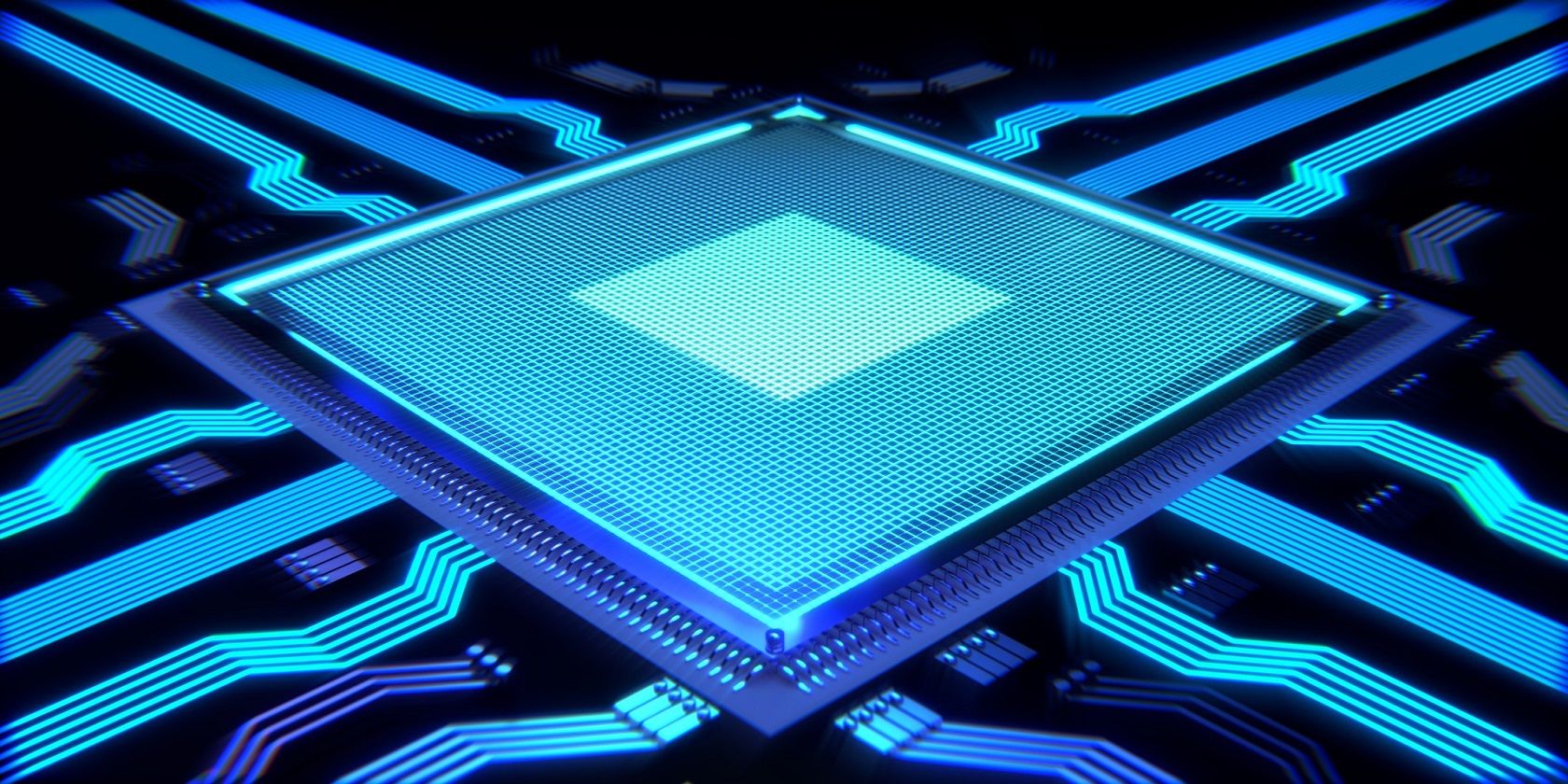So, you’re looking to buy a new computer and came across the term CPU hyperthreading. Understanding what’s going on in computers can be hard—don’t worry, we know.
With new terms and acronyms galore, things can get confusing quickly. And this is especially true for CPUs. If you’re buying a new computer, you want to make sure it has a good CPU. So, what is hyperthreading? Is hyperthreading a gimmick?
Read on to find out everything you need to know about hyperthreading, how it works, and whether you need it or not.
What Is a CPU?
The CPU, or central processing unit, is pretty much your computer’s brain. It’s the part of your computer that runs programs. CPUs are in every kind of computer you can think of—desktop PCs, laptops, smartphones, you name it.
A CPU works by processing information provided to it by other parts of the computer (the RAM) and performing an action (or generating an output). When you run a program, it’s the CPU that interprets the instructions and shows you the result.
You might’ve also seen the term “core” thrown around. Each core is basically adding another CPU to the processing unit. And, each core is able to perform one process at a time. Originally, CPUs only had one core.
With additional cores, CPUs can perform more actions at once. Most CPUs today are quad-core, and some are even octa-core.
Okay—so the more cores, the better. What about hyperthreading?
What Is Hyperthreading?
Traditional CPUs are single-threaded. This means that they can perform a single function at a time.
Hyperthreading, on the other hand, is Intel’s version of simultaneous multithreading (SMT). SMT splits each CPU core into two virtual cores (called threads). These two virtual cores are able to process instructions simultaneously (if the program allows for it), meaning that multithreading effectively doubles the number of cores that the CPU has.
So if you have a quad-core CPU with hyperthreading, you have eight virtual cores. This isn’t quite the same as doubling the number of physical cores—more on that later.
Hyperthreading improves CPU performance by doubling the number of processes that the CPU can handle simultaneously. This means that the CPU can handle more demanding applications much easier.
How Does Hyperthreading Work?
Unlike two physical CPU cores, hyperthreading uses virtual cores (called logical cores). These cores share the resources of the processor like the execution engine and caches. If you aren’t sure what these are, don’t worry. It means that each core can work more efficiently because the virtual cores share the hardware. When one logical core stalls while it waits for data, the other logical core can “borrow” those resources to perform its own tasks.
Virtual cores are not equal to physical cores. More physical cores are always more desirable than more virtual cores. This is because each physical core has its own architecture and is more powerful and efficient.
Basically, hyperthreading will make a quad-core processor more powerful than a quad-core processor without hyperthreading, but an octa-core processor will be much more powerful than both.
The efficiency of a processing core depends entirely on the operating system and software in question. If the software isn’t written to generate multiple threads, or it doesn’t work very well with that particular processor, the hyperthreading will be less efficient.
Is Hyperthreading Worth It?
Firstly, it’s important to remember that physical cores matter more than logical cores. If you’re choosing between two similar CPUs, one with two cores and hyperthreading, or one with four physical cores, choose the one with four physical cores!
Currently, for many applications, hyperthreading is unnecessary. The added benefit only matters if you have to run multiple high-demand programs at the same time. And these programs have to be able to utilize hyperthreading in the first place.
So, if you’re using high-end software (like 3D rendering or video encoding software) that can create more threads, hyperthreading will help to maximize processing speed. But for the average person using word processors or web browsers, hyperthreading probably won’t add much speed. And, hyperthreading CPUs are generally more expensive than their non-hyperthreading counterparts.
But, this could be changing. More and more programs (and games) are being developed which will perform much better on a hyperthreading CPU.
The Downsides of Hyperthreading
Hyperthreaded CPUs use more power than non-hyperthreaded CPUs. If you aren’t utilizing hyperthreading, this extra power consumption can be an unnecessary cost. This is especially true in the case of multi-computer applications like server farms, where the power bill can be excessively large.
Hyperthreaded CPUs are also more expensive than their counterparts. This may be why manufacturers like Intel have chosen to limit hyperthreading to their professional-grade CPUs (i9 and up as of Rocket Lake). So if you don’t need hyperthreading, you may not want to spend the extra cash.
Should You Get a Hyperthreading CPU?
If you’re a professional using high-demand software that’s been designed to create multiple threads then getting a CPU that enables hyperthreading could be the choice for you. But if you’re a typical PC user with no real need for hyperthreading, it may be entirely unnecessary.
In the future, programs that utilize hyperthreading may become more commonplace. As the technology increases and software becomes more resource-intensive, hyperthreading may become necessary for more applications like gaming.
At the time of writing, games and programs are beginning to become more thread-heavy. This means that hyperthreading could help “future-proof” your next PC. But, most older applications (including most games) are single-threaded, so if that’s what your main use will be, you don’t need hyperthreading!
Currently, you’re likely to see a small increase in processing speed with hyperthreading for common programs—it’s up to you whether this is worth the added cost!
Now You Know Everything You Need to About CPU Hyperthreading
We hope this article has explained everything you need to know about CPU hyperthreading. But just in case, here’s the summary:
- Hyperthreading splits each physical CPU core into two virtual cores.
- Physical CPU cores are more powerful than virtual cores.
- Hyperthreading is important for high-end software, but not as much for everyday programs.
- Hyperthreading may become more useful in the near future.
Now you know what to look out for next time you’re shopping for a PC, why not get started and find one that fits your need?
About The Author

